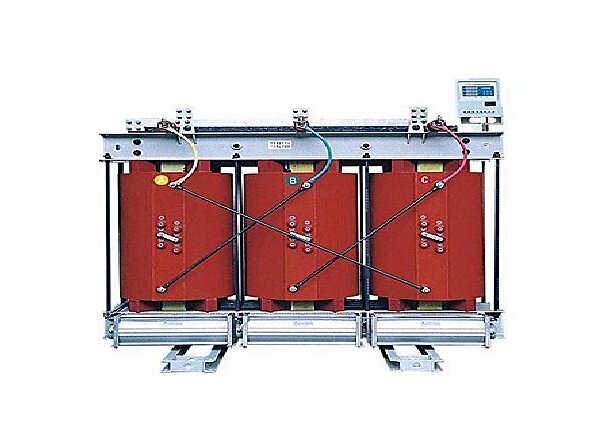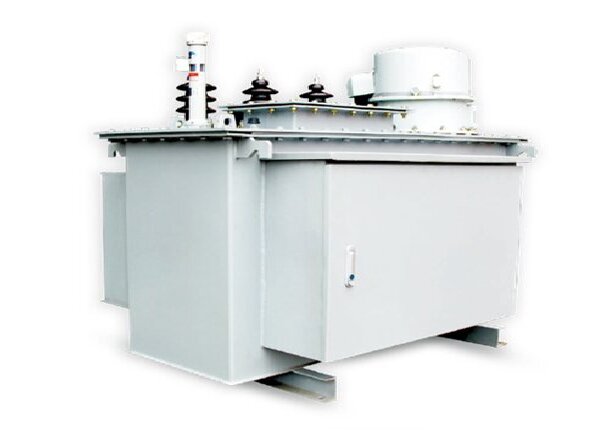In the global pursuit of reliable and efficient electrical infrastructure, high voltage transformers play a central role in power generation, transmission, and distribution. These devices enable the transfer of electrical energy across vast distances, ensuring that electricity produced at power plants reaches homes, factories, and businesses at usable voltage levels. Whether in renewable energy systems or urban substations, the high voltage transformer is an indispensable component in today’s energy ecosystem.
This article provides a comprehensive overview of what a high voltage transformer is, how it is constructed, installed, and maintained. It also covers specialized types such as high voltage single phase transformers, high voltage substation transformers, and high frequency high voltage transformers, all of which are crucial to modern electrical infrastructure.

A high voltage transformer is a static electrical device designed to transfer electrical energy between two or more circuits through electromagnetic induction, specifically at high voltage levels—typically above 35kV. These transformers are engineered to handle large amounts of power and are primarily used to step up (increase) or step down (decrease) voltage levels in electrical power systems.
High voltage substation transformers are commonly used in transmission and distribution substations to connect power lines of different voltage levels.
High voltage single phase transformers are used in specialized industrial applications and remote areas with single-phase power supply.
High frequency high voltage transformers are used in applications like medical equipment, induction heating, and radio transmitters, where compact size and efficiency at high frequencies are essential.
The construction of a high voltage transformer is a result of precision engineering, robust materials, and advanced insulation technologies. Its design must withstand electrical stress, thermal expansion, and environmental challenges.
Magnetic Core: Typically made of laminated silicon steel or amorphous metal to minimize eddy current losses. The core is crucial in guiding magnetic flux and improving energy transfer efficiency.
Windings: Made from high-purity copper or aluminum, windings are carefully insulated and arranged to handle high voltage stress and resist overheating.
Insulation System: Advanced insulating materials such as oil-impregnated paper, SF₆ gas, or epoxy resin are used to isolate live components and prevent electrical breakdown.
Cooling System:
Oil-immersed high voltage transformers use mineral or synthetic insulating oils to dissipate heat.
Cooling methods include ONAN (Oil Natural Air Natural), ONAF (Oil Natural Air Forced), and OFAF (Oil Forced Air Forced).
Dry-type high voltage transformers, common in high frequency high voltage transformers, use air or resin-encapsulated systems.

Tank and Enclosure: The outer steel tank houses the core and windings, fitted with bushings, radiators, conservators, and breather systems for expansion and moisture control.
Tap Changers: Either on-load or off-load tap changers allow operators to adjust the transformer output voltage in real-time to stabilize power delivery.
Bushings: These are high-voltage insulators that allow safe connection to external circuits.
Each component is designed with strict tolerances and tested under simulated conditions to ensure the transformer can endure operational and environmental stress over decades.
Proper installation is critical to the performance and lifespan of a high voltage transformer. Whether installing a high voltage substation transformer or an industrial unit, the process involves careful planning, coordination, and safety compliance.
Site Preparation
Ensure the transformer pad or foundation is designed to withstand the weight and vibrations.
Provide adequate clearance for ventilation and routine maintenance.
Transport and Handling
Specialized equipment and skilled personnel are required to handle and position large transformers.
Shock monitoring and tilt sensors may be used during transit to protect the unit.
Assembly and Oil Filling
Bushings, conservators, and radiators are assembled onsite.
For oil-immersed units, degassed oil is carefully filled under vacuum conditions to eliminate moisture and air pockets.
Electrical Testing
Pre-commissioning tests like insulation resistance, transformer turns ratio (TTR), and winding resistance are conducted.
For high frequency high voltage transformers, resonance and dielectric tests are also performed.
Grid Integration
Once tested, the transformer is connected to the high-voltage busbars and control systems, and final commissioning is completed.
Special attention must be given to grounding, lightning protection, and surge arresters to prevent system failure.
To ensure uninterrupted performance, routine maintenance and condition monitoring are essential for all high voltage transformers. This applies equally to high voltage single phase transformers and large-scale grid transformers.
Visual and Thermal Inspection
Regular checks for oil leaks, corrosion, bushing cracks, and unusual heat signatures using infrared thermography.
Oil Sampling and DGA (Dissolved Gas Analysis)
Analyzes gases dissolved in transformer oil to detect insulation breakdown or arcing.
Electrical Testing
Periodic testing of insulation resistance, capacitance, and power factor helps monitor aging and moisture ingress.
Cooling System Servicing
Cleaning fans, pumps, radiators, and verifying coolant levels.
Tap Changer Maintenance
Inspection and cleaning of contact surfaces to avoid arcing and overheating.
Predictive Maintenance
Integration of sensors and SCADA systems enables real-time health monitoring and reduces downtime risks.
Proper documentation and maintenance logs are critical for regulatory compliance and future troubleshooting.

A high voltage transformer is a cornerstone of modern electrical infrastructure, enabling the safe and efficient transmission of power over long distances. Whether it's a high voltage substation transformer stepping down voltage for distribution or a high frequency high voltage transformer used in specialized industrial equipment, these devices must be designed, installed, and maintained with precision.
Understanding the construction, installation, and maintenance of high voltage transformers is vital for power utilities, industrial operators, and energy engineers. From the choice of core material to the quality of insulation and cooling methods, every detail influences performance, safety, and operational longevity.
At YIFA ELECTRIC, we are proud to be a trusted supplier of advanced transformer technology, including high voltage single phase transformers, high voltage substation transformers, and high frequency high voltage transformers. Our commitment to quality, innovation, and customer service ensures that every transformer we deliver is built to perform, endure, and power the future.